7 things you should never clean with bleach
Bleach is a trusted go-to cleaner for removing the most difficult of stains around the home. That’s why no cleaning cupboard is complete without it. It can be used in all kinds of situations, from scrubbing grout on floor tiles, to brightening up white shoes. In fact, so long as you don’t make this mistake when you clean with bleach, it’s arguably one of the most versatile and effective cleaners.
But, before you get trigger-happy with your bleach, it’s worth reminding that this is a very strong chemical cleaner, and there are areas and items you must avoid cleaning with this product — you might be doing more damage than good. Here, we breakdown where you shouldn’t be using bleach and what to use instead.
1. Stainless steel
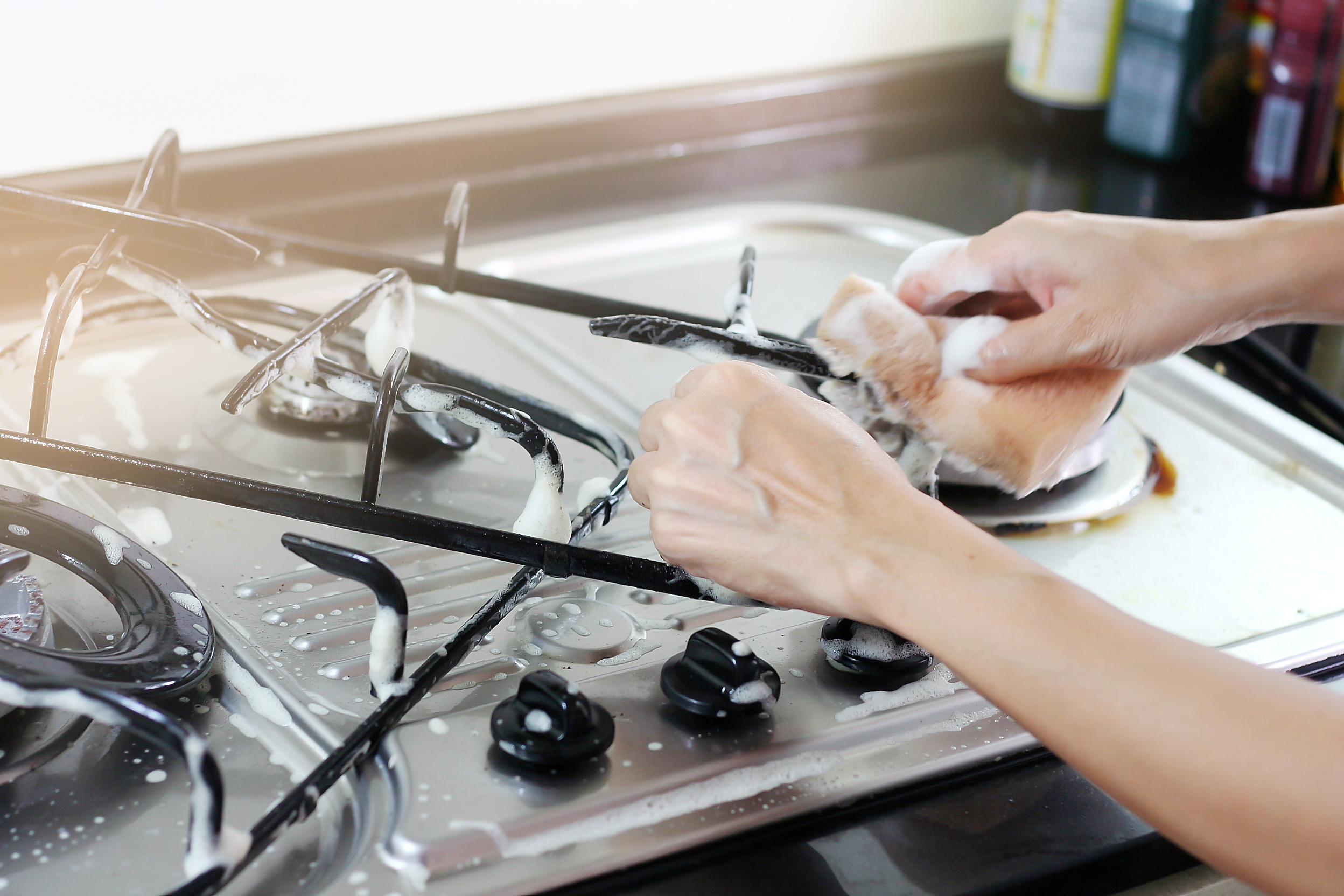
Stainless steel is one of the most common areas people make the mistake of cleaning with bleach. Bleach is corrosive on metals and can eat away at the surface, resulting in permanent damage. Bear this in mind when you’re cleaning your appliances or anything which contains metal, such as your dehumidifier. For this reason, you should never clean copper or chrome with bleach either.
Instead, use a dedicated metal cleaner, such as Brasso Multi-Purpose Metal Polish ($2.98, Amazon). Follow the given instructions from your cleaner and clean in the direction of the grain. Also, see our guide on how to clean stainless steel.
2. Wood
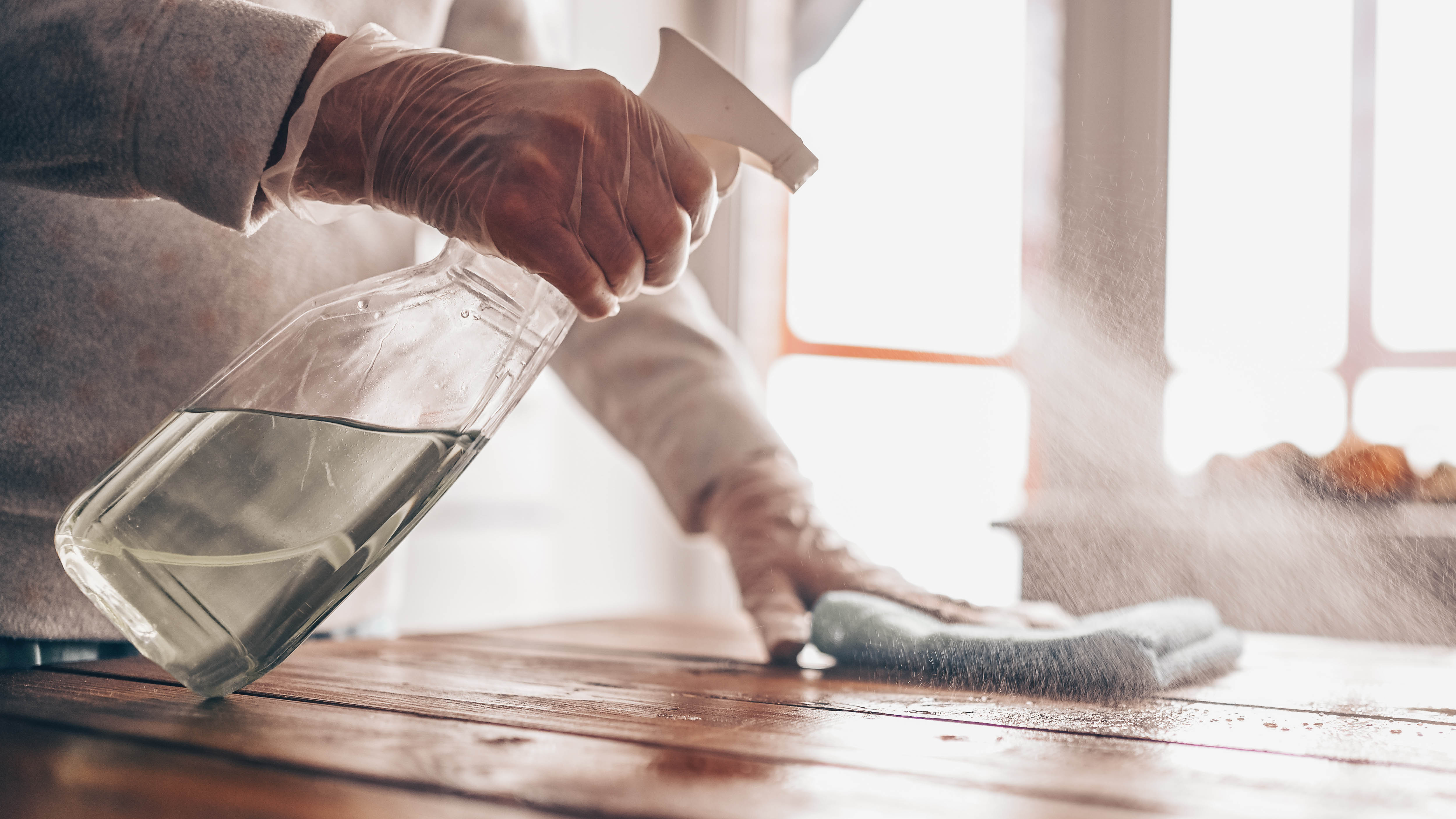
As it has a porous nature, wood will actually absorb any bleach you clean it with, resulting in discoloration and warping. Once applied, the bleach can’t be effectively removed either, so the surface won’t be safely sanitized. This is the case for any wooden surface, from hardwood floors to dining tables. Bleach is also ineffective at removing mold from wood, despite the surface appearing brighter.
Use a cleaner designed specifically for the job, such as Weiman Wood Cleaner and Furniture Polish Spray ($11.98, Amazon). If you want to use dish soap and warm water, be sure to test it on an inconspicuous area first. We’ve covered how to clean hardwood floors if you need step-by-step guidance.
3. Granite or marble counters
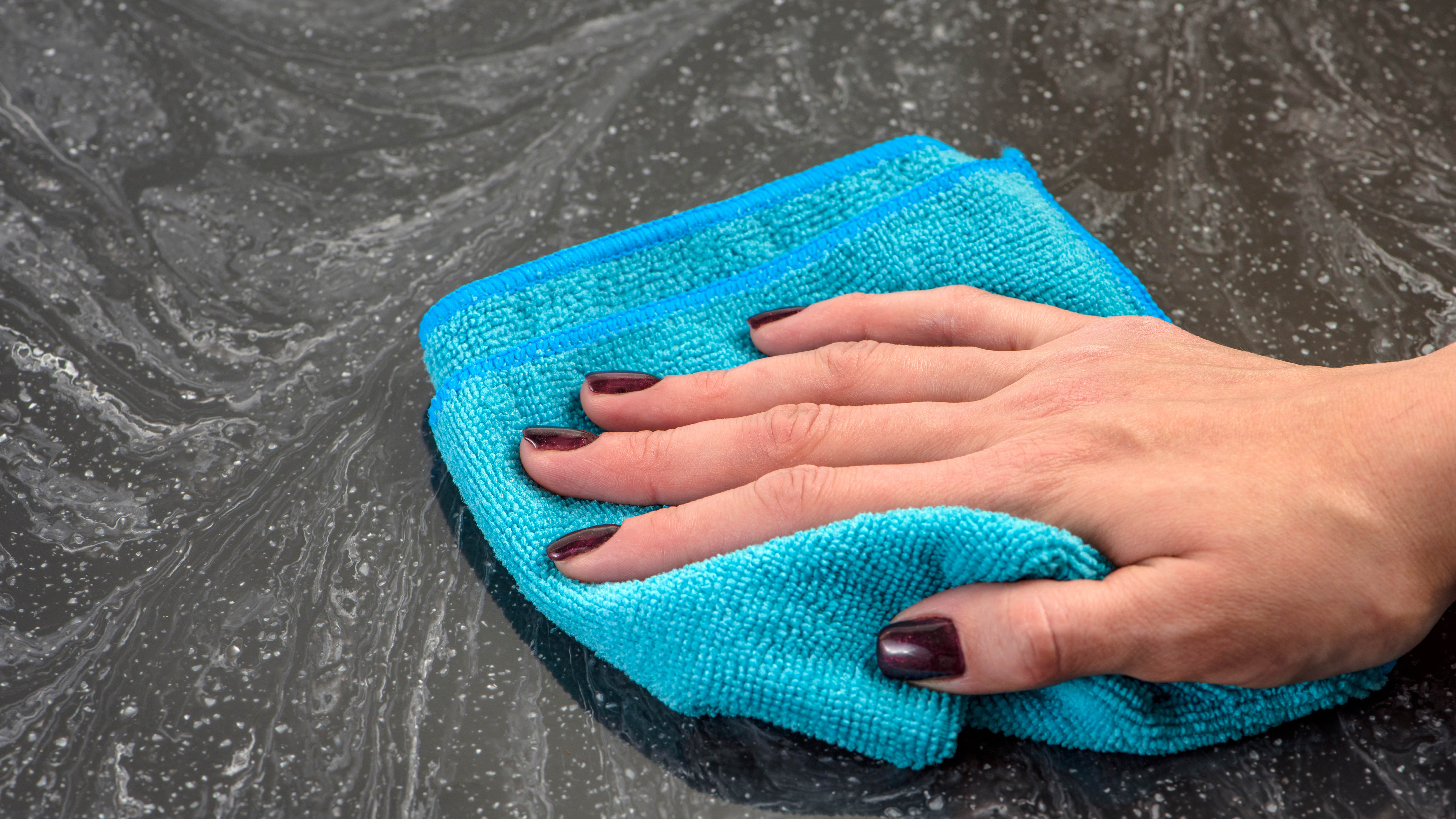
While you might assume stone counters are as tough as they come, bleach can actually do some damage here too. Stone surfaces such as granite and marble are porous, which means bleach can damage and stain it. Even diluted bleach can leave a stone countertop looking dull and discolored.
To avoid this expensive repair, you should follow what the manufacturer recommends in terms of cleaning. Some allow basic dish soap and water, while others need a dedicated cleaner, such as Weiman Disinfectant Granite Daily Clean & Shine ($6.37, Amazon).
5. Phones
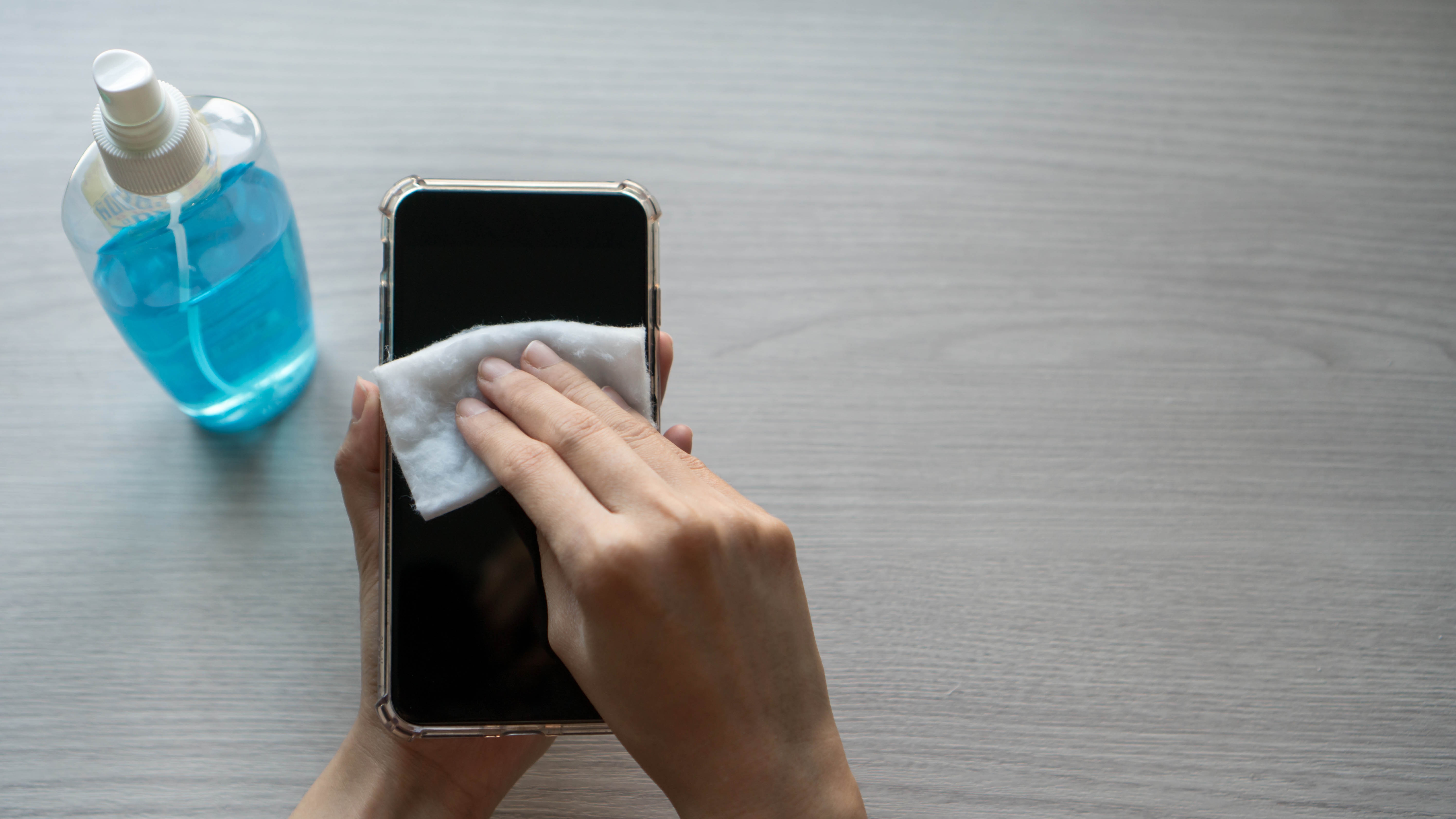
As our phones are known to be one of the most germ-infested items we own, sanitizing it is important — but, you should never do this with bleach. Bleach can damage the protective coating on the display as well as seep through an opening and break your phone altogether.
Check with your manufacturer for guidance, but most brands recommend using alcohol or disinfectant wipes. Care Touch Lens Cleaning Wipes are a good option ($13.95, Amazon).
4. Pet toys
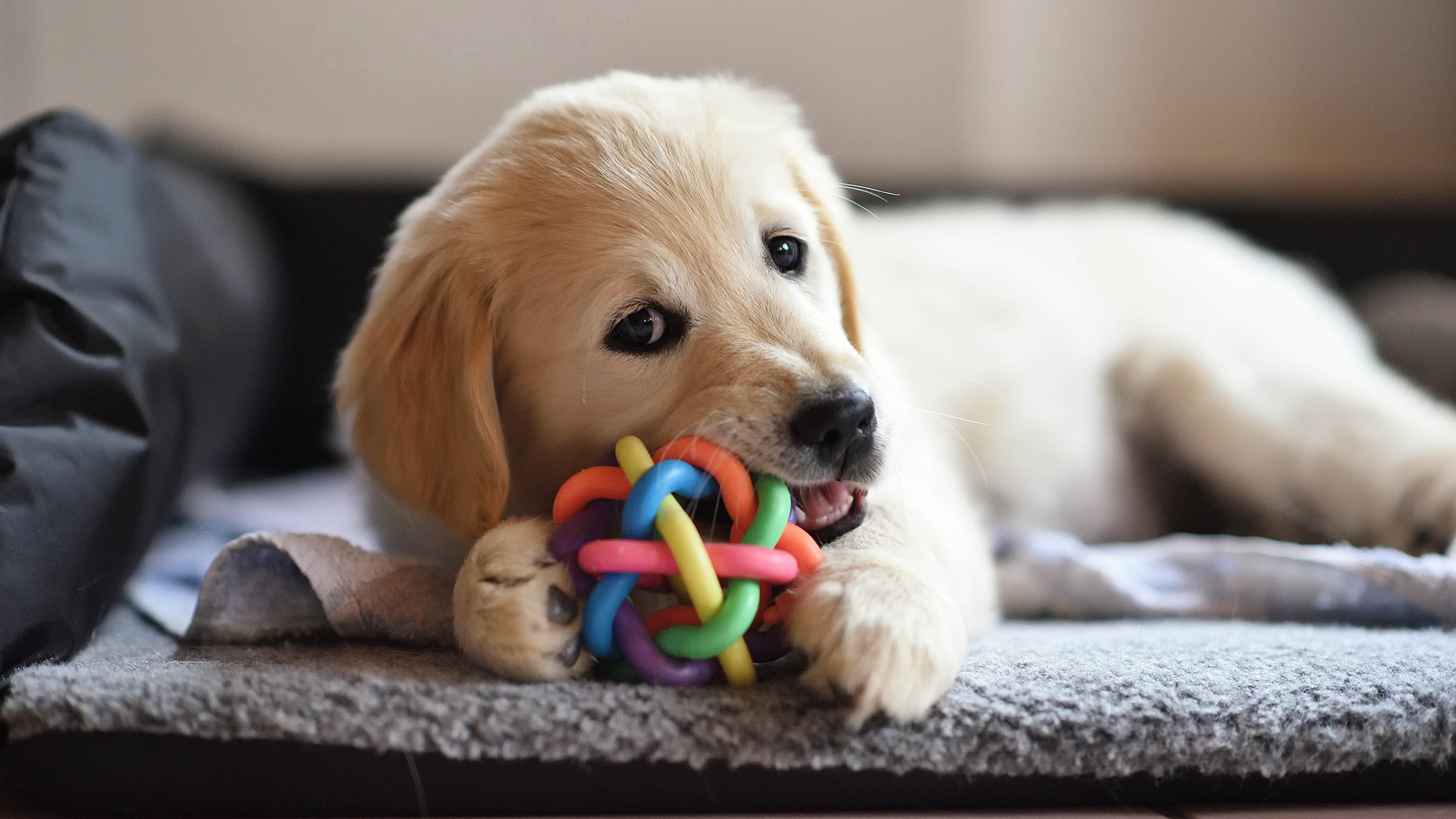
Anything our pets play with or use can get gross pretty quickly. Whether the object in question is covered in drool, or your pet has had an accident in it, you want to clean it as effectively as possible. However, bleach is definitely not the answer to this problem. You don’t want your pet to accidentally ingest bleach; even a tiny amount can be life-threatening. So, don’t clean any pet products with bleach — this goes for toys, food bowls, litter boxes and pretty much anything your pet comes in contact with.
Instead stick to mild dish soap and water, and make sure the soap is fully rinsed away before returning to your companion.
6. Children’s toys
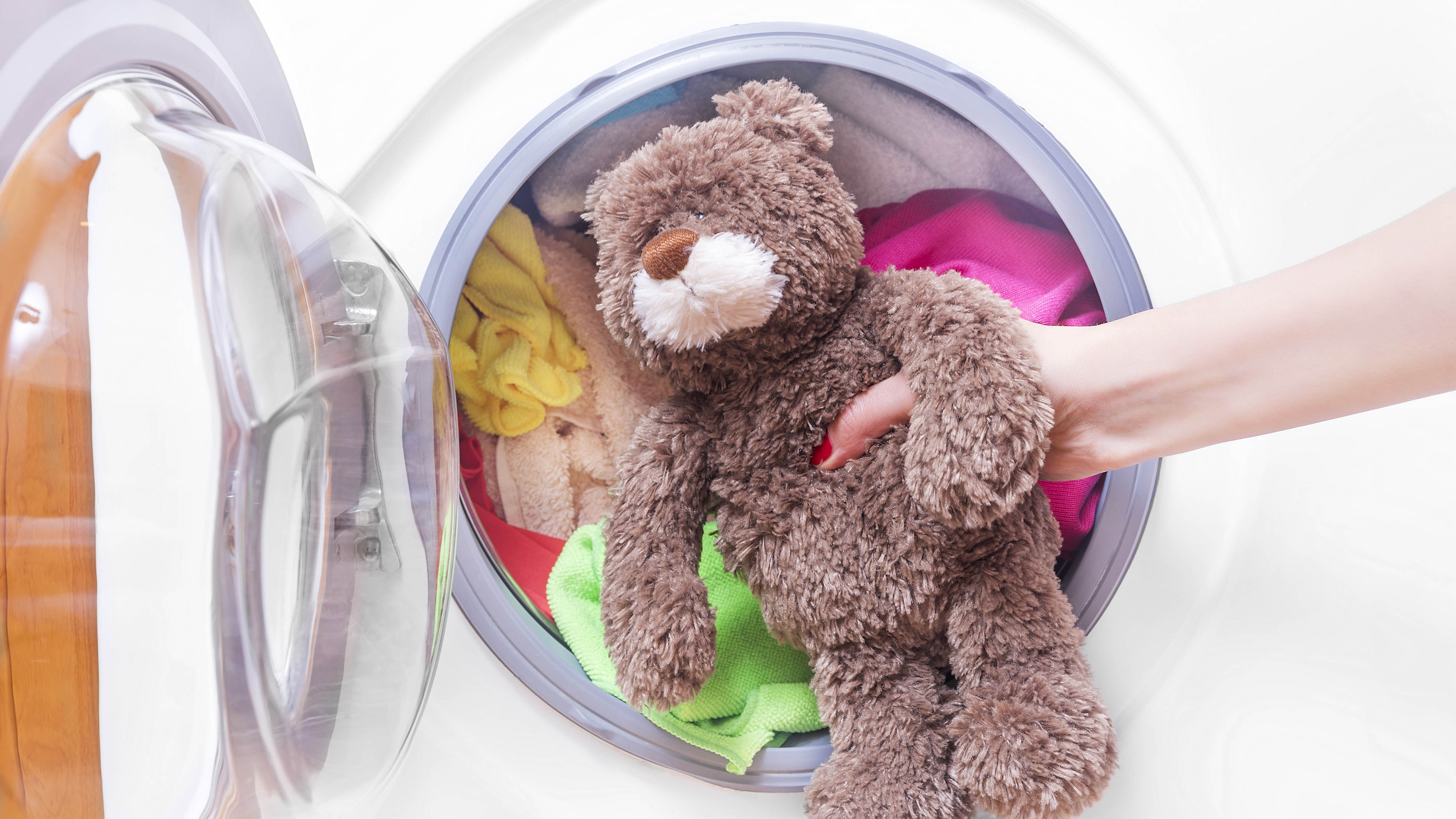
For the same reason, avoid using bleach to clean children’s toys. Bleach is very difficult to fully rinse away, and if any residue remains on the toy, it can pose a threat. This is the case for all kinds of toys, from stuffed animals to plastic bath games.
If you need to clean plastic toys, stick to dish soap and warm water. For stuffed animals, these might be machine-washable if you check the care label. Just be sure to protect them using a wash bag such as GOGOODA 7Pcs Mesh Laundry Bags ($9.98, Amazon).
7. Food
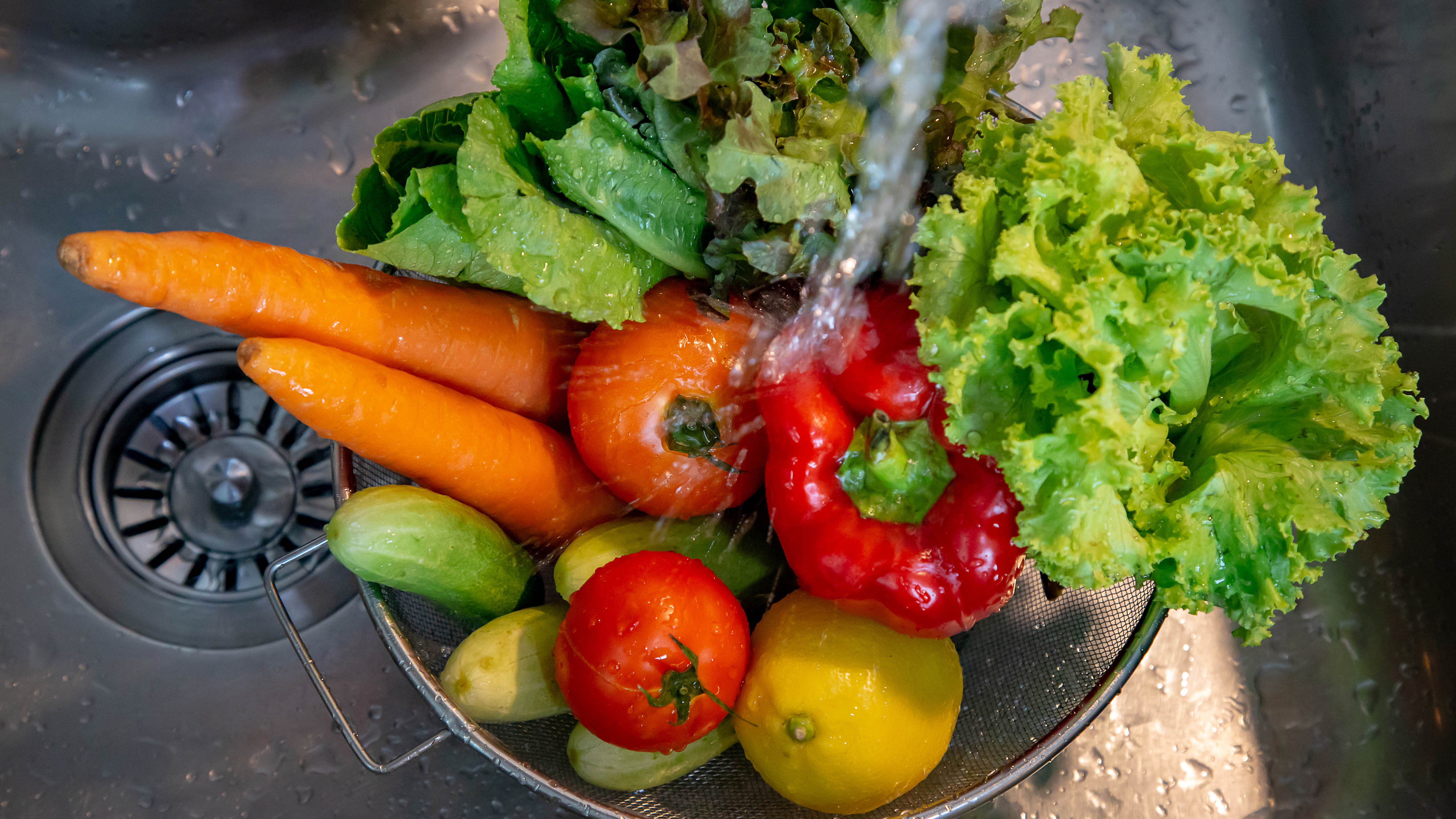
It might sound like common sense, but we have to say it — don’t wash your food with bleach. You might think this is the best way to sanitize it, but it’s unlikely that you will wash away all of the residue, and bleach is incredibly dangerous if you ingest it.
To keep your food as clean as possible, make sure it’s being stored at the correct temperature — whether in the cupboard or fridge freezer. You can also rinse fruit and vegetables under cold water to wash away any dirt prior to eating.
For all the latest Technology News Click Here
For the latest news and updates, follow us on Google News.
